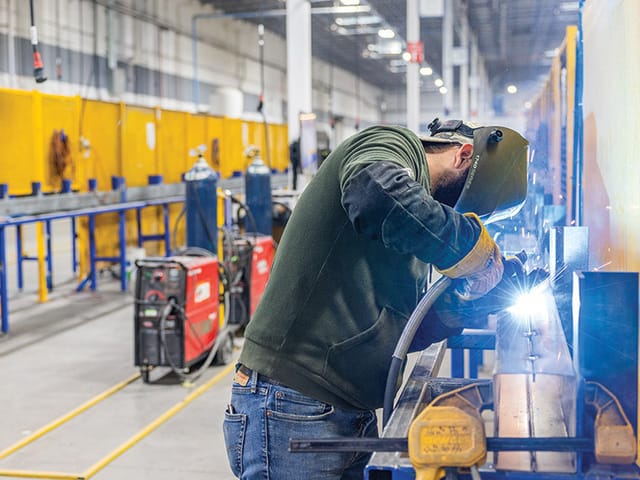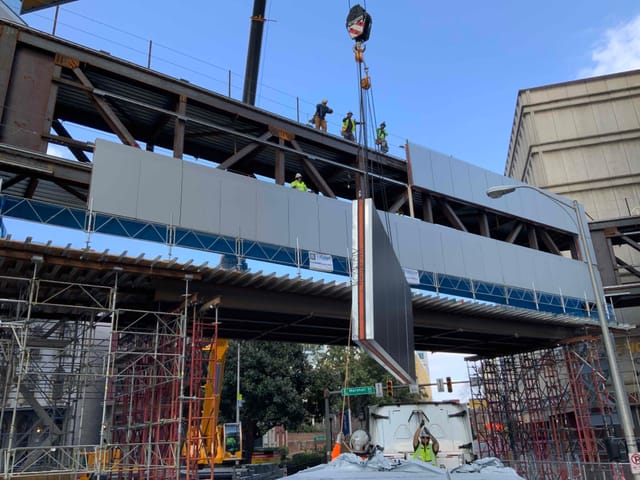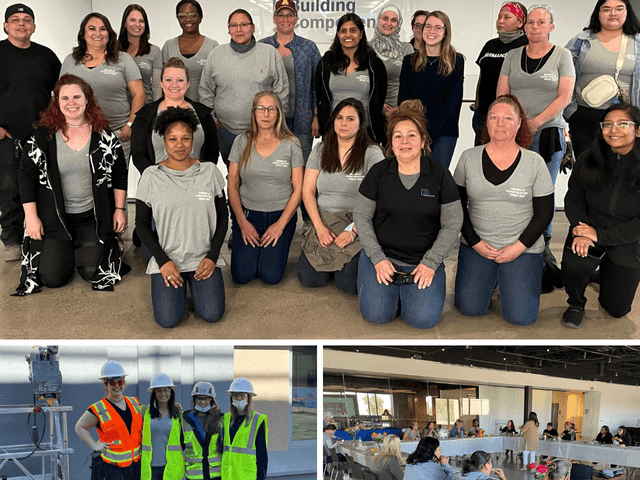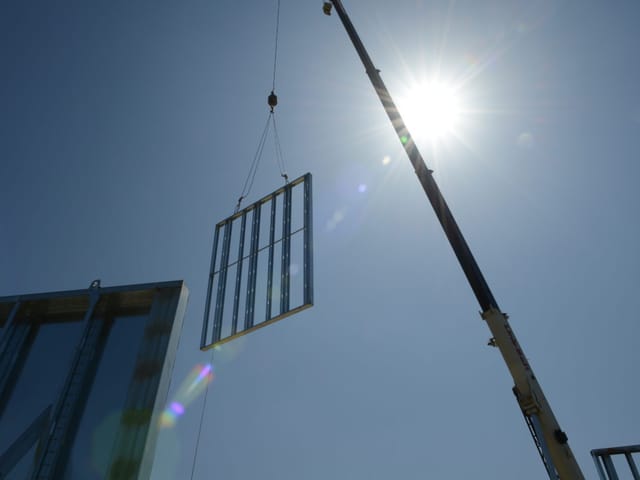News & Resources
43 Results
-

Meridian Medical Office Building is a 2024 CFSEI Creative Detail Winner – (read more)
The Cold-Formed Steel Engineers Institute (CFSEI) has honored Digital Building Components with a third-place award in the 2024 Creative Detail competition for the Meridian Medical Office Building in Santa Fe, New Mexico.
-

Mayo Clinic West Expansion Wins EIMA Award of Merit – (read more)
DBC's Mayo Clinic West Expansion project earned an Award of Merit in the Prefabrication/Panelization category at the 2023 EIFS Industry Members Association (EIMA) Architectural Awards in Dallas, TX.
-

Digital Building's Award-Winning Safety – (read more)
-

Prefabrication Gaining Popularity Amongst Builders – (read more)
Digital Building Components was recently mentioned in an Engineering News-Record article, “Contractors Make a Bet on Prefab and Modular”, which explores the promise, value, and challenges of building off-site.
-
Mayo Clinic West Tower Earns Second Place at the CFSEI Design Excellence Awards – (read more)
DBC's Mayo Clinic West Tower project received second place in the Municipal/Services category of the 2023 Cold-Formed Steel Engineers Institute (CFSEI) Design Excellence award.
-

EIFS Panel Installation Complete at VCU Children's Hospital – (read more)
Digital Building Components recently installed the last exterior panel for VCU Children’s Hospital expansion in Richmond, Virginia.
-
Building Sustainably Using Prefabricated Construction – (read more)
Digital Building Components' prefabrication approach reduces material waste, lowers transportation energy, and produces long-lasting results. These are just some of the reasons why prefabrication and sustainability go hand in hand.
-

Celebrating Women in Construction Week 2022 – (read more)
Digital Building Components is proud to celebrate Women in Construction Week from March 6-12!
-

Exterior and Structural Panel Delivery & Installation – (read more)
Digital Building Components creates digitally prefabricated structures that streamline construction processes and minimize timelines. But how exactly do we achieve reliable, rapid delivery and installation?


